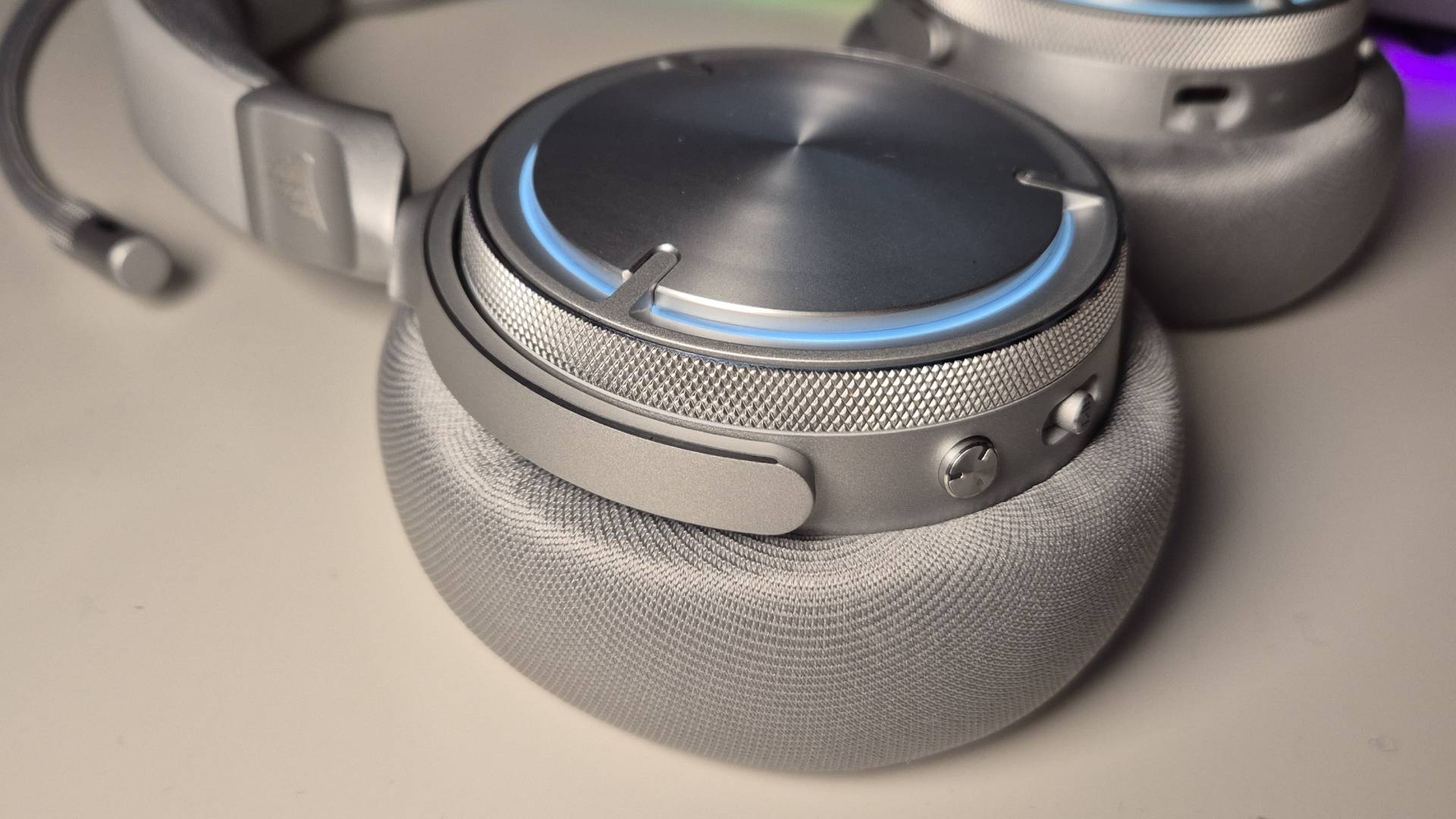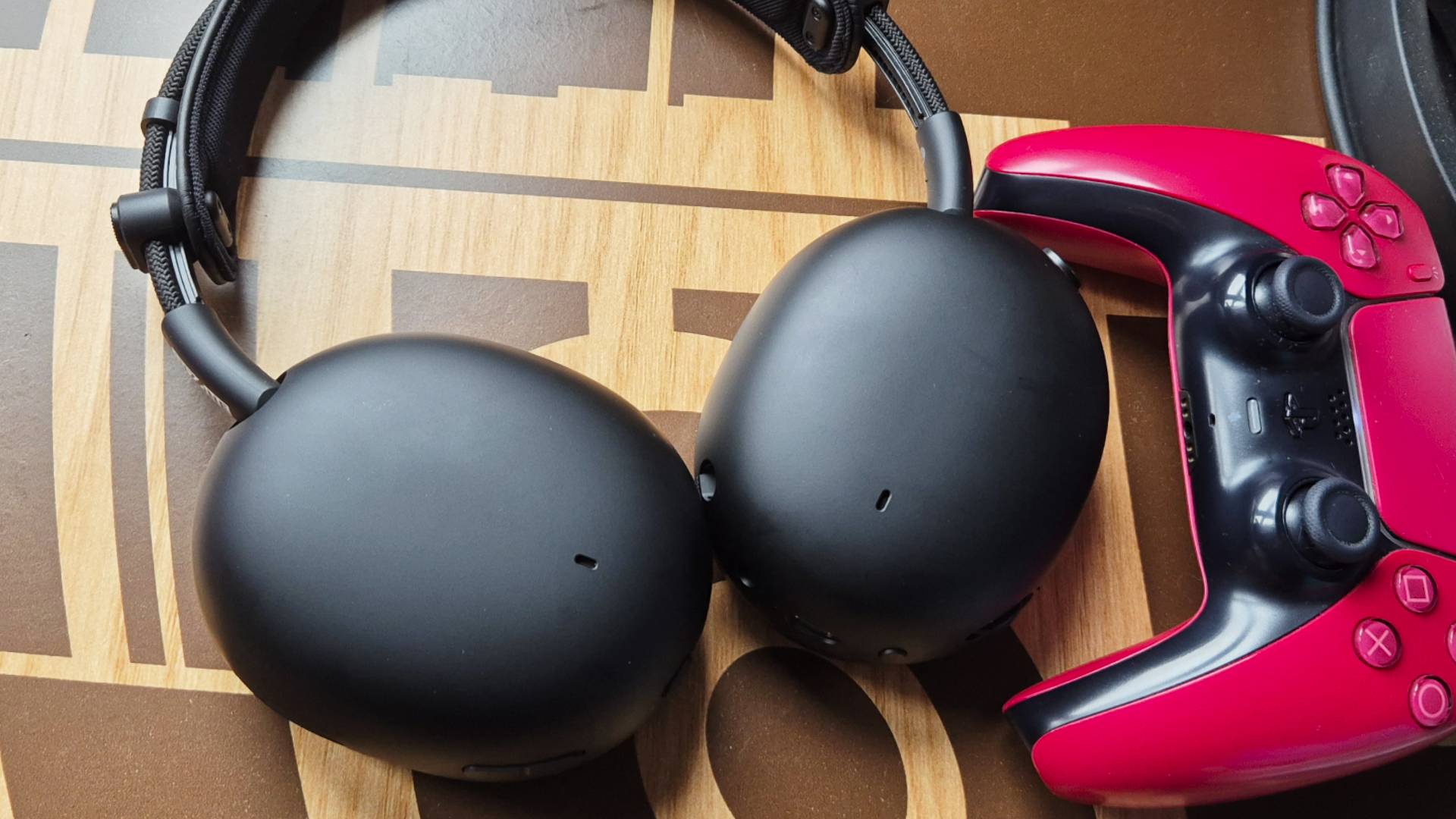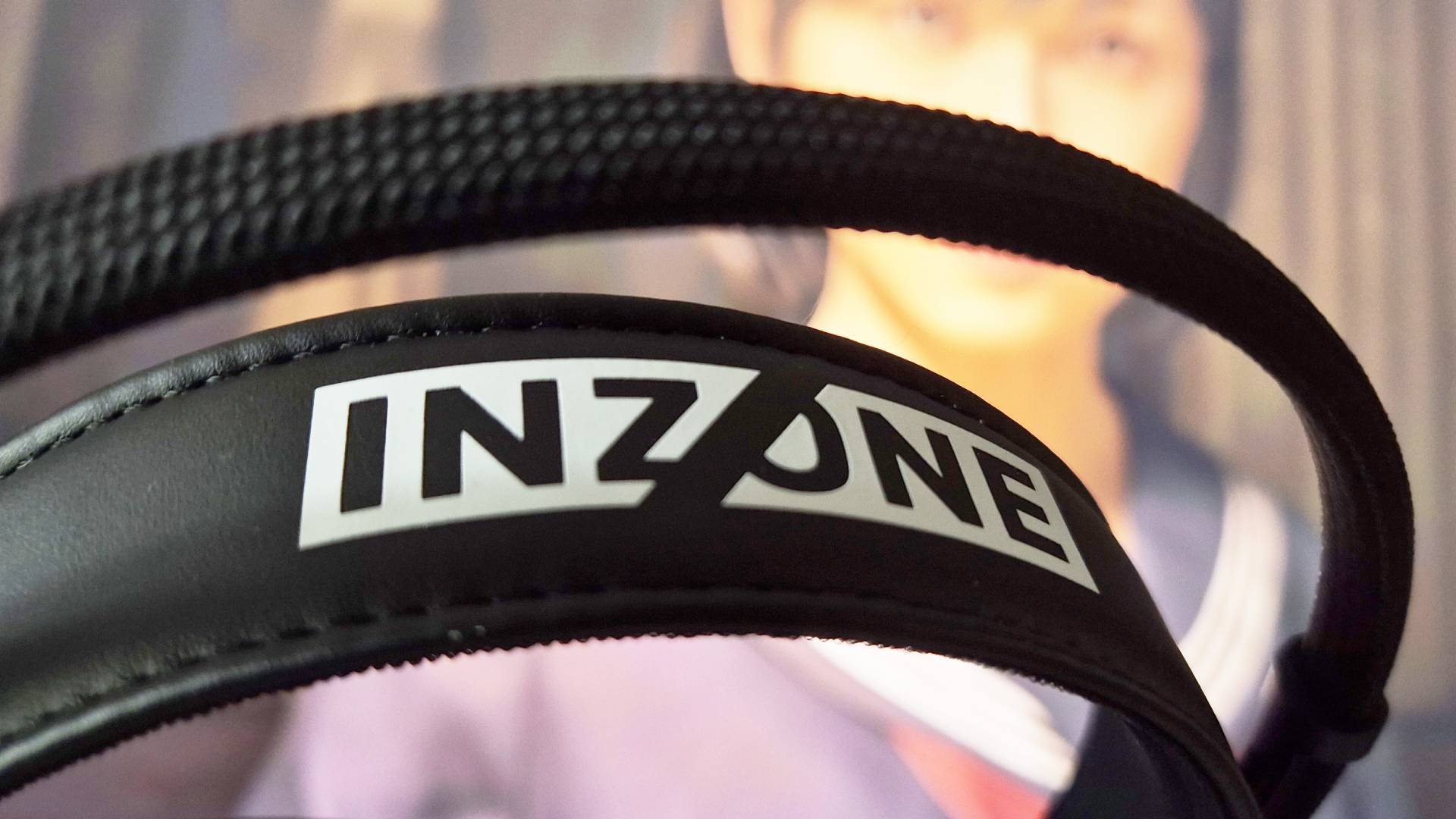How does ANC work, and why is it more than just a gaming headset gimmick?
ANC is more than just a headset marketing tool

ANC (active noise canceling) is a feature you'll likely spot if you ever find yourselves browsing the best gaming headsets that sit around the $300 price mark, and I swear by it to keep myself immersed.
Gaming headsets like the SteelSeries Arctis Nova Pro Wireless, the Corsair Virtuoso Max, the Sony Inzone H9 II, and even gaming earbuds like the SteelSeries Arctis Game Buds are all equipped with ANC to help block out unwanted ambient noise, so you can focus on playing your favorite games without interruption.
A lot of pricey and premium headsets will use ANC as a big selling feature, but it's easy to think of it as some marketing jargon if you don't know how it works and how it can benefit your day-to-day gaming sessions, no matter if you're playing on your PC, PS5, Xbox Series X/S, or the Nintendo Switch 2.
How does ANC (active noise cancelling) in gaming headsets work?
Gaming headsets with ANC use microphones to detect ambient sound around them. The headset then takes that ambient sound and creates sound waves that counter-interact with that sound.
Essentially, your headset listens to the sound around it, and the on-board ANC chipset and tech create an opposite sound, so all you'll hear coming through your earcups is the sounds of your game.
The technology isn't perfect, and if you've ever used ANC, you'll have noticed it's a lot better at blocking out ambient sounds, like the hum of a plane, than people chatting away. That's because the ambiance of the audio sources of airplanes create consistent long sound waves, which are easier to counter-interact with. As these sounds are consistent, your headset, while you're playing your Steam Deck on a plane like I do every time I travel, has more time to analyze the sound and fight back against it.
Meanwhile, people's voices can be erratic, unpredictable, and high-pitched, so your headset will have a harder time masking those sporadic and random sounds.
Should you buy a gaming headset with ANC?

ANC is one of the best aspects of any modern gaming headset if immersion is high on your priority list. Without the bleed-through of outside sounds, whether it be from the hum of your refrigerator to the joint cacophony of loud noises from your neighborhood, you can focus straight on your game of choice instead.
Weekly digests, tales from the communities you love, and more
If there's a new release that I'm particularly excited for, I always grab a headset with ANC so I don't get distracted. Most recently, I donned the Sony Inzone H9 II wireless headset to play through Silent Hill f, and with ANC, I was able to focus on exploring the foggy streets of Ebisugaoka and actually feel scared, which is a rarity with horror games for me. Otherwise, my house can get pretty loud and distracting, especially as my partner's high-powered gaming PC is in the same room as my PS5.
Not only are headsets with ANC great for immersion, but they can also double up as a pair of everyday headphones, so you can truly get your money's worth. ANC is a powerful tool for music, as again, without ambient sound seeping through your cups, you can focus on your music instead of being distracted by what's going on around you.
With that in mind, using your gaming headset for music too, whether you're out and about or indoors, is something I highly recommend. Headsets like the SteelSeries Arctis Nova Pro Wireless have an MSRP of $379.99 / £329.99, and more often than not, you'll only find ANC on a headset that costs around that $300 mark, so this way you can get the most bang for your buck.

There are a few disadvantages to ANC. The biggest drawback is that it can be a major drain on your headset's battery life. The Sony Inzone H9 II that I used to play Silent Hill f, for example, has an expected battery life of 30 hours, but that's only so long as you have ANC turned off the entire time you use it.
Another big issue is that having it turned on will reduce your spatial awareness, which can be dangerous. Typically, if I'm taking my SteelSeries Arctis Game Buds out with me, I ensure ANC is turned off, so I can be hyper aware of any incoming traffic on the roads, people, and general obstacles around me.
To combat this, a lot of modern gaming headsets will have some form of 'ambient mode', which, rather than creating a soundwave to counteract with ambient sound, will instead heighten it. On the Inzone H9 II, this is called "ambient sound mode" and allows me to hear the room noise of my living room even better than it sounds to naked human ears.
As much as I enjoy using ANC, I wouldn't recommend buying a headset just for ANC and ANC alone. Like I've gone over already, it's mostly only premium headsets that cost $300 and above that are equipped with the tech, and when you're spending that much on an accessory, it's better to weigh up all of its features to see whether or not it's suited for how you play your games, and how you want to hear them.
If ANC just so happens to be integrated into a headset you're eager to grab, that's a nice bonus. Then, it's entirely up to you if you want to use it and would actually benefit from the immersion and sound it brings. Personally, whenever I want to get locked in with a new single-player experience and want zero distractions, a headset with ANC is the first thing I look for.
Our guides for the best PS5 headsets, best Xbox Series X headsets, and the best Nintendo Switch headsets have plenty of cups packed with ANC to choose from.

Ever since I first held a NES controller in my hand I've been obsessed with gaming, and the hardware it runs on. I could hook up a NES and SNES to a telly, without instructions, before I could walk. Even now, nothing is more exciting then taking a console, or handheld, out the box for the first time and setting it up. This obsession transformed into a love of games and game music, which lead to my music degree and dream of becoming the Scottish Nobuo Uematsu. After sharing my love of games through music, I began to share my love through words on sites like TechRadar and iMore. This lead to becoming a Hardware staff writer for PCGamesN, and later the Senior Tech Writer for Dexerto, covering all things Steam Deck, PlayStation and Nintendo. With that experience, I was able to level up as Hardware Editor for GamesRadar+, where I'm still just as Nintendo, PlayStation and gaming tech obsessed as ever.
You must confirm your public display name before commenting
Please logout and then login again, you will then be prompted to enter your display name.


